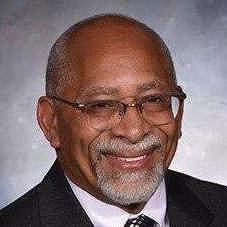
After a white supremacist rally turned into a riot on Charlottesville, Virginia, the local Albemarle County School District turned to its students to begin work on one of the state’s first anti-racism policies.
The effort also jibed with the division’s commitment to project-based learning, as students trained with community experts to write policies and regulations, gather community input and interpret achievement gap data, Assistant Superintendent L. Bernard Hairston says.
“We have not been able to affect the achievement gap,” Hairston says. “With the rally, we took adversity and turned it into an opportunity.”
Albemarle’s anti-racism policy covers a wide range of issues. On the dress code, for instance, it prohibits the wearing of Confederate and Nazi symbols.
The district has also promoted the policy widely, including on posters at every school and through a student advisory group that is helping the school board implement the regulations.
More from DA: How an equity audit zeroed in on ‘avenues of achievement’
The students recently held a virtual town where they examined three types of racism—structural, institutional and personal. They also discussed how and why the COVID pandemic has done disproportionate harm in communities of color, Hairston says.
The division also provides summer professional development to guide teachers in identifying equity gaps and culturally responsive practices, such not trying to predict how students will perform based on racial or socio-economic factors.
“There are some things that people don’t always realize about their daily practices and the impact race is having on themselves and others,” Hairston says.
The anti-racism policy also contains a checklist by which all other school policies can be evaluated through an equity lens to determine if it might have unintended impacts of certain groups.
“Oftentimes you don’t see racism unless you’re looking for it, and you can’t see it unless you know what you’re looking for,” Hairston says. “You can’t change structures and practices without changing behavior and that is a slow process.”
More from DA: How one of nation’s biggest districts talks about race and racism







